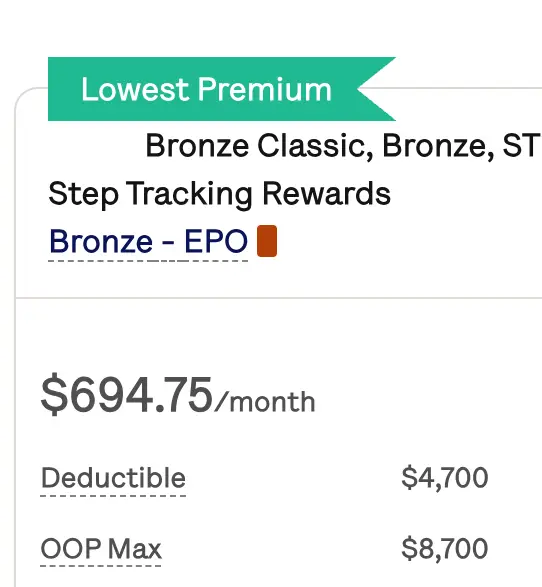New Way For Urgent Care Centers to Increase Patient Volume and Margin
It's hardly radical to suggest that the current healthcare model is broken to the core and it's almost by design. Even with insurance, patients find paying for healthcare an unnecessarily stressful experience sorely lacking transparency.
Healthcare providers don‚t fare much better, having to deal with increasingly aggressive payers, mountains of paperwork, and tightening regulations.
Commercial Payer Volume On The Decline
According to the annual benchmarking report from the Urgent Care Association, visits related to commercial payers declined from 67% to 47% in only one year from 2017 to 2018.
Even more alarming, accelerating competition from external players like CVS, Walmart, and employer-sponsored clinics are chipping away market share from urgent care centers faster than ever. Telemedicine providers like Teladoc and DoctorOnDemand are gaining consumer adoption rapidly. And Silicon Valley investors are pouring hundreds of million dollars into a new breed of “à la carte” direct-to-consumer startups to compete with urgent care business.
The numbers are staggering. CVS Minute Clinic now commands over 55% of the retail health industry and is planning to convert their 1000+ locations into urgent-care-like health hubs. Blue Cross Blue Shield in various states have plans to open their own walk-in clinics. Ro, Hims, and LemonAid both raised a combined 400M from venture capital with less than three years in existence.
All of which left the already-fragmented urgent care industry in an awkward position: lower-priced compared to the emergency department but twice or three times more expensive compared to virtual care equivalents.

Privately insured patient volume has been declining in recent years
And Overhead Is Eating Up Your Margin
A system full of wastes. According to a 2019 study in JAMA, administrative complexity and pricing failure are the two largest categories of waste in U.S. healthcare, accounted up to 54% of the total $1T annual waste.
Pay to get paid. In a medical practice setting, like in urgent care, the Altarum Institute estimates one out of four dollars in revenue went into administrative activities. In which, billing and insurance-related activities contributed to over half (52%).
With the transition toward population health and value-based care, the burden of implementing new systems to measure process and outcomes are being shifted to providers without any additional increase in reimbursement.

Billing and insurance-related activities are now 52% of administrative spending

Get affordable doctor copay without paying insurance premiums
Join 39,000 people and get Mira, the best alternative to traditional insurance. Enroll and use immediately. Plans start at only $45/mo.
Khang T. Vuong received his Master of Healthcare Administration from the Milken Institute School of Public Health at the George Washington University. He was named Forbes Healthcare 2021 30 under 30. Vuong spoke at Stanford Medicine X, HIMSS conference, and served as a Fellow at the Bon Secours Health System.
